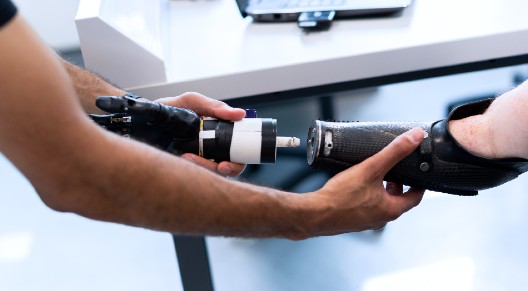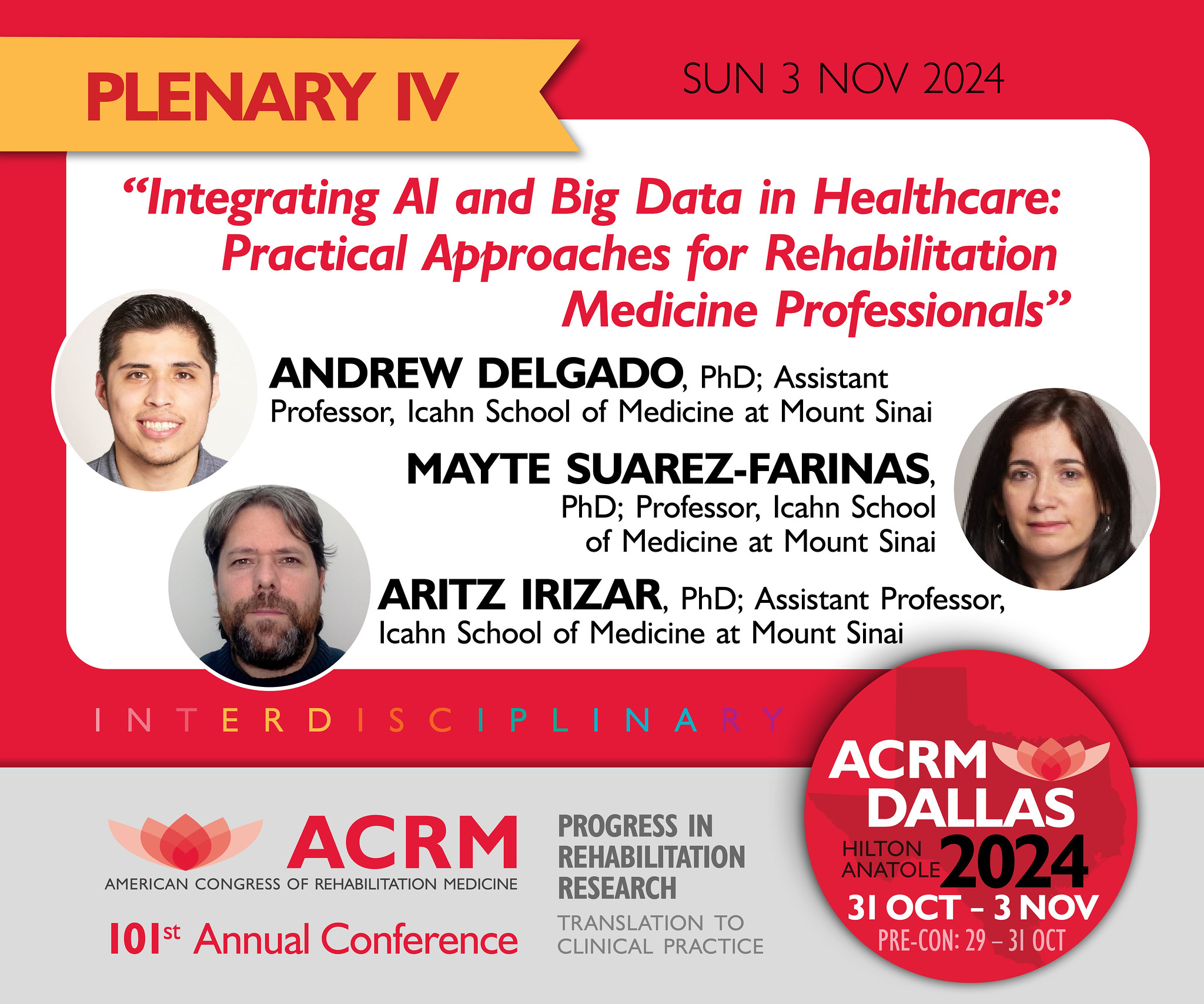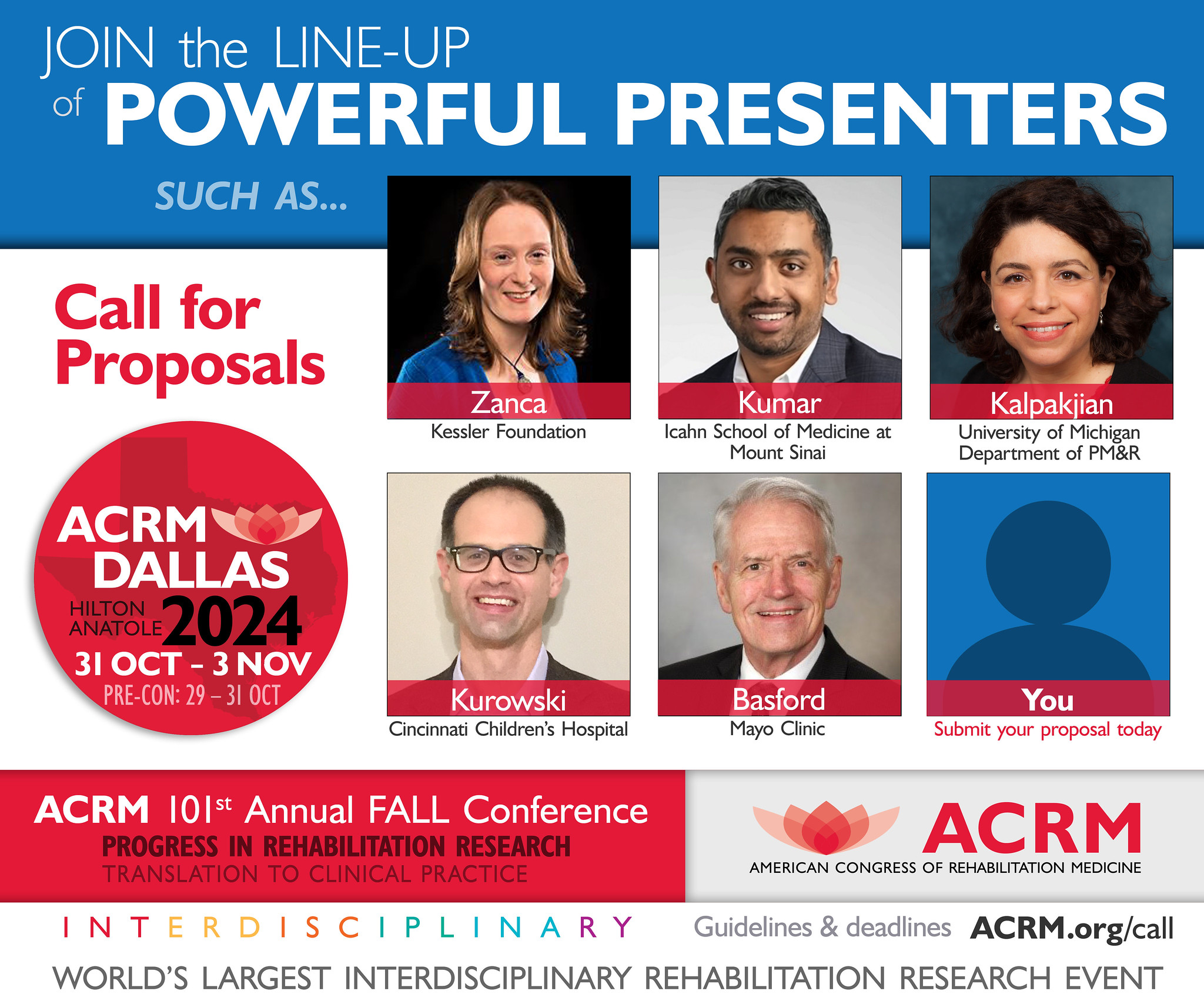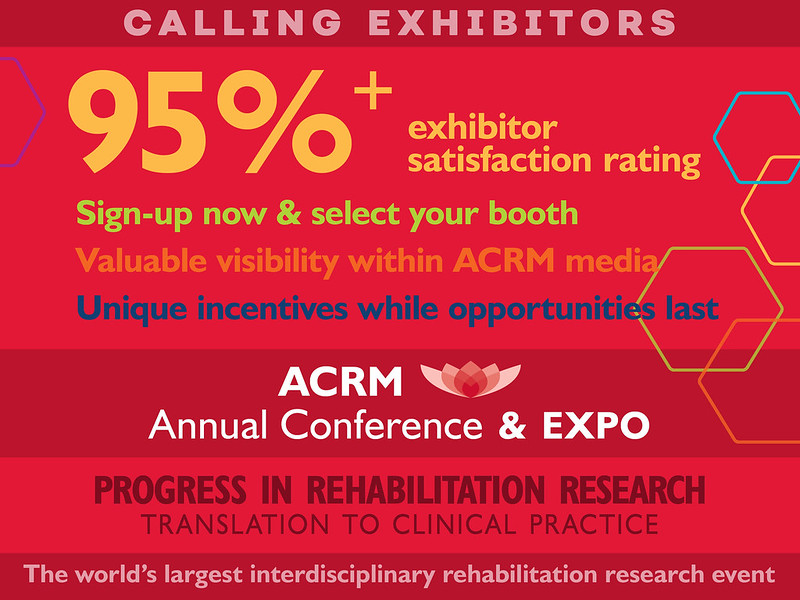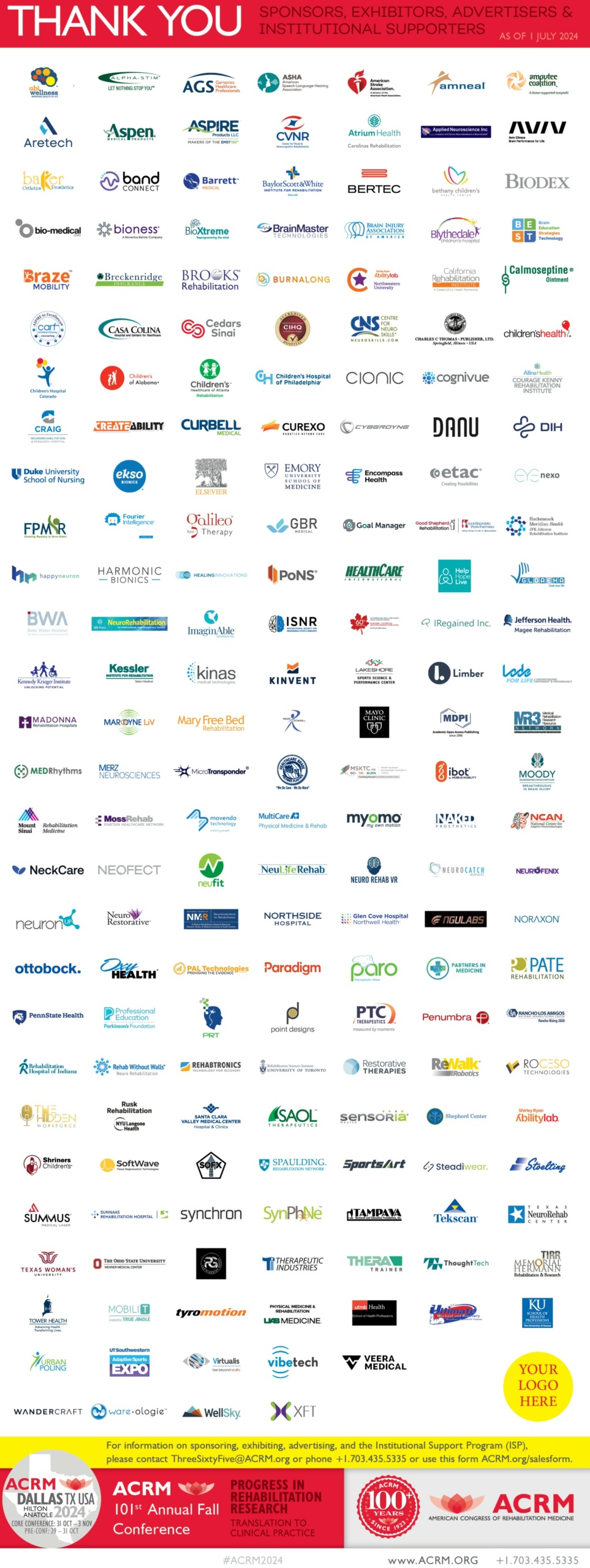As with any rehabilitation process, the stages of rehabilitation after limb loss can be a long and arduous process. The loss of a lower limb has a severe impact on a person’s mobility, and affects many aspects of daily living. The goal of rehabilitation medicine is to help the patient ambulate successfully and return to a high level of social reintegration post limb loss. This involves a whole team of rehabilitation medicine specialists, and many of the members of ACRM are those specialists! At ACRM, our mission is to improve the lives of disabled persons, including those with a lost limb.
In today’s blog post, we’ll be outlining a few of the common phases of rehabilitation after limb loss. Certain phases are more standardized, but not everyone experiences the same milestones. For example, someone who loses a limb in an accident will have a different recovery process than someone who had to sacrifice a limb to survive. Continue reading to learn more, and if you’d like to join the ACRM rehabilitation medicine community, contact us today.
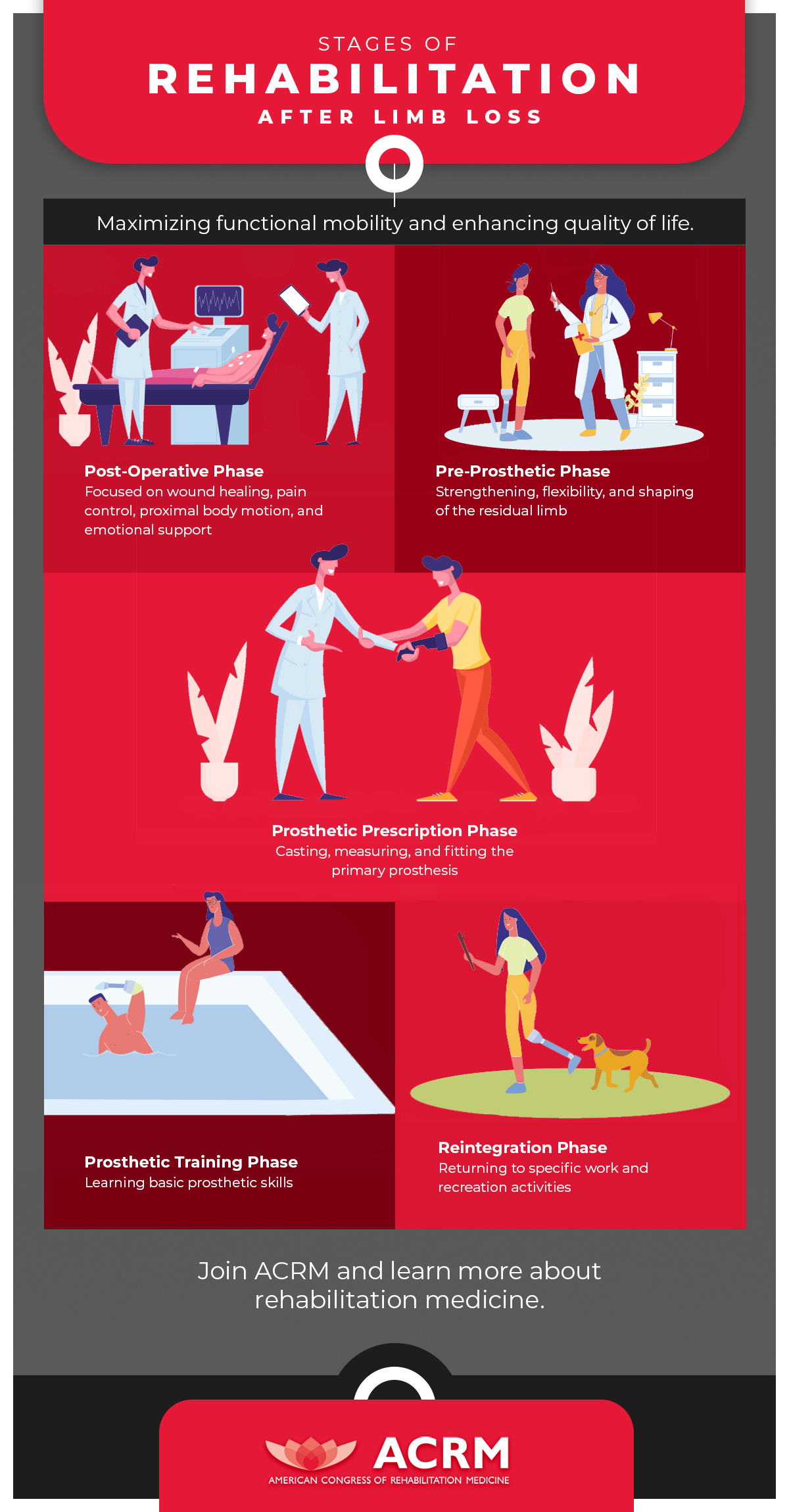
Pre-Operative Phase
For those who do not lose their limb in an accident, there is a pre-operative phase the patient will move through. The person often will have struggled with foot or leg problems such as ulcers or infections for a long time, and been working with doctors to avoid amputation. When the decision to remove the limb is made, the goals of therapy change, and this phase focuses on preparation for the surgery.
Acute Post-Operative Phase
Directly after the amputation, the rehabilitation process is focused on wound healing, pain control, proximal body motion, and emotional support. The amputation process can be incredibly emotional and grieving the lost limb is necessary. While there are no easy phases of rehabilitation, this stage is particularly challenging. New amputees often have difficulty accepting their post-operative state of mobility, but physical therapy during this time helps patients acquire critical mobility skills.
During this time, the focus of rehabilitation medicine is limb protection and shaping, which support the success of prosthetic options down the road. This stage in the rehabilitation process commonly occurs in the hospital and focuses on specific exercises to build strength and increase exercise tolerance.
Pre-Prosthetic Phase
This phase continues the work of the acute post-operative phase and focuses largely on strengthening, flexibility, and final shaping of the residual limb for the future fitting of the prosthesis. This stage involves close monitoring of patient progress and, if necessary, counseling.
Early walking aids can be utilized in order to decide what type of prosthetic limb would be best-suited for the patient.
Prosthetic Prescription Phase
The prosthetic prescription stage is a huge milestone in the rehabilitation medicine process. It involves casting and measuring a patient’s residuum and fitting the primary prosthesis to the patient. The fitting process is vital to the comfort and success of the prosthetic, and the alignment and length must be correct in both standing and walking. The physiotherapist may be present during the fitting to assist in the casing process and ensure correct alignment is achieved.
Prosthetic Training Phase
After receiving the prosthetic, patients must learn basic prosthetic skills, including weight-bearing. These skills include putting on and taking off the prosthesis, changing footwear, getting dressed, and managing the residual limb. After the early weight-bearing training, the patient will then practice balance and sensory reintegration, muscle re-education, and gait training.
Reintegration Phase
In this phase of the rehabilitation process, the patient is working on returning to specific activities. The rehabilitation plan will be tailored to meet their specific needs and goals. For example, if the patient would like to run or hike, the physical therapist will help them through exercises to achieve this goal.
Maintenance Phase
If the patient changes their goals, they may need to return to therapy and learn new skills or be fitted for a new prosthesis. Ultimately, the rehabilitation goals are determined by the patient, and as rehabilitation medicine practitioners, our goal is to guide our patients toward the destination they want to reach!
ACRM – American Congress of Rehabilitation Medicine
The mission of our non-profit organization is to improve the lives of disabled people through rehabilitation medicine and research, and that includes patients moving through the phases of limb-loss rehabilitation. While these phases are a general outline of the process, there’s always something new happening in the field of rehabilitation medicine to help make the process even better.
We work with hospitals, universities, professional and advocacy organizations, and rehabilitation professionals around the world. We have 3,000+ members from more than 65 countries and produce the ACRM Journal. Learn about the benefits of joining ACRM as well as member dues and how to apply. You can also learn more about the ACRM Conference and register for either in person or online here.


